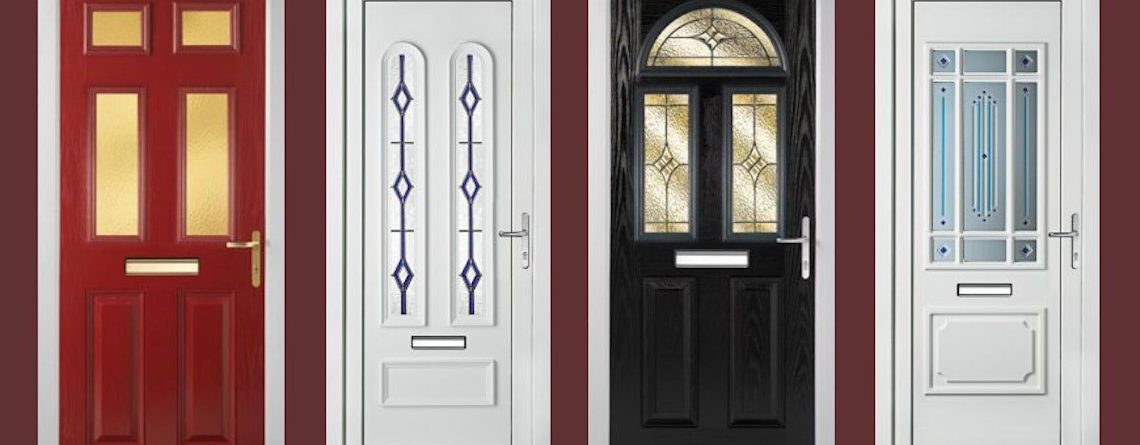A Window in the Door: More than Just a Pane of Glass
Initially look, a window in a door may appear like an easy architectural feature. It's just a piece of glass that allows light to filter through or offers a peek of what's on the other side, right? But when you stop briefly to consider it, this relatively ordinary component carries significant functional, aesthetic, and even symbolic weight. Whether it enhances the doors of your home, office, or favorite café, a window in a door is much more than simply a pane of glass-- it's a bridge between spaces.
1. Performance: The Practical Role of Door Windows
The addition of a window to a door provides useful benefits that can improve both residential and industrial spaces:
Natural Light: One of the primary functions of a window in a door is to allow sunlight to pass through. In areas with minimal windows or enclosed locations like hallways or interior offices, this function can lighten up the space, lower the dependence on synthetic lighting, and produce a more inviting environment.
Exposure and Safety: A window in a door offers a clear view for those on either side. This is especially crucial in industrial and industrial settings, such as dining establishments, factories, or schools, where individuals often move through doors. Presence minimizes the danger of accidents (e.g., somebody walking into a door or hitting somebody on the other side).
Ventilation and Energy Efficiency: When coupled with operable glass or modern innovations like double-glazing and low-E glass, door windows can contribute to better air blood circulation and energy efficiency in your house or office.
Security: While breaking glass might appear like an open invitation to intruders, modern-day styles have resolved this issue. Reinforced glass, tempered glass, or designs with narrow panes can make the window resistant to forced entry while still serving the purposes of visibility and light.
2. Visual Appeal: Enhancing the Visual Identity of a Space
From a design perspective, windows in doors can elevate visual appeal in numerous ways:
Style and Character: The style of the window often matches the architectural vibe of the residential or commercial property. A home with a rustic or farmhouse look might include a door with frosted or stained glass, while a smooth, modern-day home may showcase a minimalist door with easy, tidy lines.
Personalization: Door windows can be found in different shapes and sizes-- round, rectangular, oval, arched, or custom-designed to match your preferences. This flexibility provides property owners and architects the ability to create doors with creative flair and personal touches.
Suppress Appeal: The entry door is often the focal point of a home's exterior, and a properly designed window within it can turn an otherwise common door into a strong design declaration. Frosted or etched glass, for instance, can convey sophistication and beauty.

3. Meaning and Meaning: Beyond the Practical and Aesthetic
On a deeper level, a window in a door carries symbolic significances that resonate throughout cultures and contexts:
Openness and Connection: A door with a window fosters a sense of connection between 2 discrete spaces. Whether it's between a home and its front lawn or an office meeting space and a corridor, the window can make these spaces feel less isolated and more integrated.
door with sliding window : In workplaces, doors with windows represent openness and accountability. A supervisor's workplace with a glass-panel door, for example, can signal approachability, reducing the hierarchical barrier that a strong closed door might develop.
A Threshold of Opportunity: Metaphorically speaking, a door with a window can represent a view into new chances. It offers a sneak peek into what lies ahead-- a fitting image for personal development and exploration.
4. Modern Trends: Innovations in Door Window Design
Advances in technology and design are constantly improving how we consider door windows. Here are a few patterns to enjoy:
Smart Glass: With the arrival of smart technology, windows that can alter from transparent to opaque with the touch of a button are gaining appeal. These state-of-the-art choices use personal privacy as needed without compromising the benefits of natural light.
Energy Efficiency: Double- and triple-glazed door windows with innovative insulation are ending up being requirement in energy-conscious homes. These not only keep your energy bills in check but also minimize environmental impact.
Ornamental Enhancements: Patterns, etching, and colored glass inserts are ending up being more intricate, using homeowners limitless possibilities to individualize their doors.
Safety Upgrades: Impact-resistant glass and shatter-proof movies are progressively being integrated into door windows, especially in areas prone to storms or high-security needs.
5. Considerations for Choosing a Door with a Window
Before choosing a door with a built-in window, there are a few aspects property owners and designers need to bear in mind:
Personal privacy: While a window provides visibility and natural light, it can likewise compromise privacy. Frosted glass or strategically placed window designs can alleviate this issue.
Upkeep: Glass in doors will gather fingerprints, dirt, and spots, specifically in high-traffic areas. Selecting products that are simple to tidy or have protective coatings can conserve time.
Combination with the Environment: Choose a door window design that complements the surroundings. A door in a quiet, domestic area may focus on aesthetics, while one in an industrial structure may highlight resilience and safety.
Conclusion: A Small Feature with Significant Impact
As easy as it may seem, a window in a door is a feature that mixes functionality with beauty, safety with design, and connection with uniqueness. It's a reminder that the smallest information in architecture can have the power to transform not just our areas however also the way we communicate with them.
Whether you're peering through a glass panel to welcome a visitor or letting natural light filter into your home, a window in a door is a lot more than a design component-- it's a method to open ourselves to the world, one pane of glass at a time.
